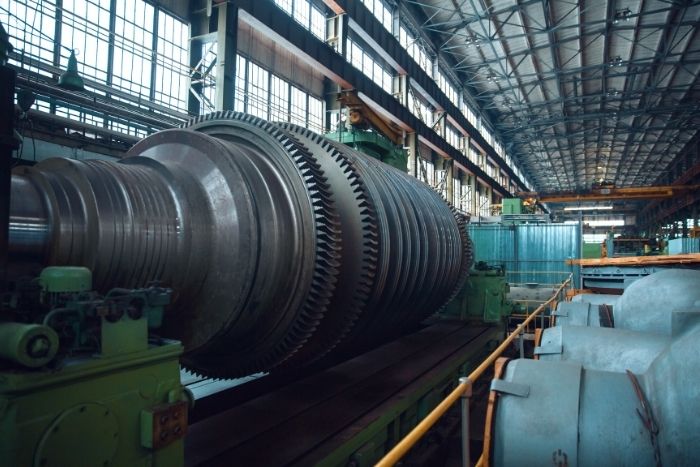The Pros and Cons of Robotics in Manufacturing

In the past, hard and dangerous labor was done by hand, and many brave lives were lost because of hazardous work environments. But thanks to how fast technology advances, work-related injuries and deaths have plummeted drastically in recent years. However, some unforeseen factors have arisen in this new dawn of technology. Read on to learn more about the pros and cons of robotics in manufacturing.
What Are Robotics Used For?
When most people think of robotics in manufacturing, they usually think of factory lines that perfect every single product for consumers. But robots are also used in the handling of dangerous or heavy materials. They are designed to take on repetitive tasks that humans may struggle with. In addition, they can also help streamline inspection services while keeping workers safe.
What Are the Pros?
Robots are excellent at assuring quality goods nearly every time. Unlike humans, robots don’t make mistakes unless there’s an issue with their physical parts or programming. With a bit of maintenance, you can ensure your company’s robots provide perfection.
In addition, robots are designed to complete repetitive movements in the most efficient ways possible without needing breaks, which dramatically increases productivity. Humans must overcome a learning curve, and it takes time before muscle memory kicks in. However, there is no learning curve with a machine’s programming.
You can also ensure perfection and productivity in the most hazardous work environments. Robots can handle almost any material without fear of injury.
What Are the Cons?
Unfortunately, the initial investment cost of robots is very high, so they may not be a useful investment for newer companies. While they will be worth it in the long run, the income to support them must be sustainable.
Also, the cost of maintaining these machines is very high. Not only are the parts expensive, but finding an expert who can fix these machines is difficult, and their repair fees are usually high. This is the main reason why robotics are usually more available to established companies with the money to invest and maintain these machines.
Additionally, there is a lot of controversy regarding robotics, as people feel they are used unnecessarily in places where humans could do the same job. However, humans can recognize special cases and instances where adaptation and change need to be implemented. So, if it’s not completely necessary for a robot to do the job, you’ll want to hire a skilled and knowledgeable staff member instead.
With this shorthand guide to the pros and cons of robotics in manufacturing, you can determine whether the investment is right for you.





